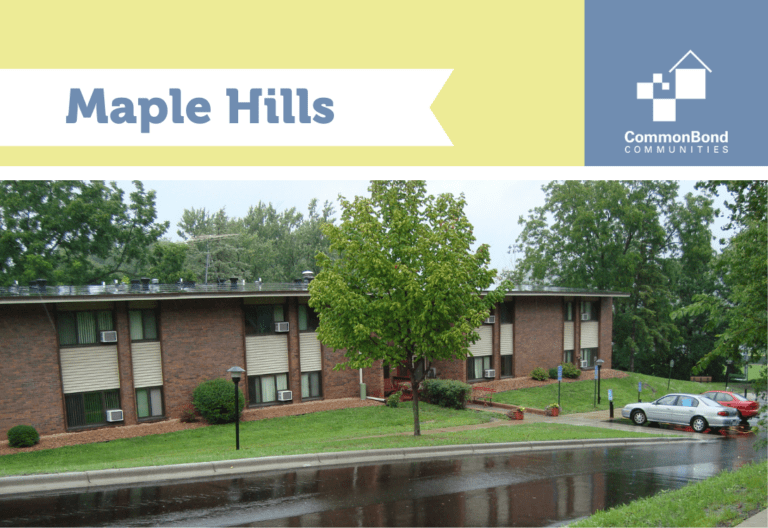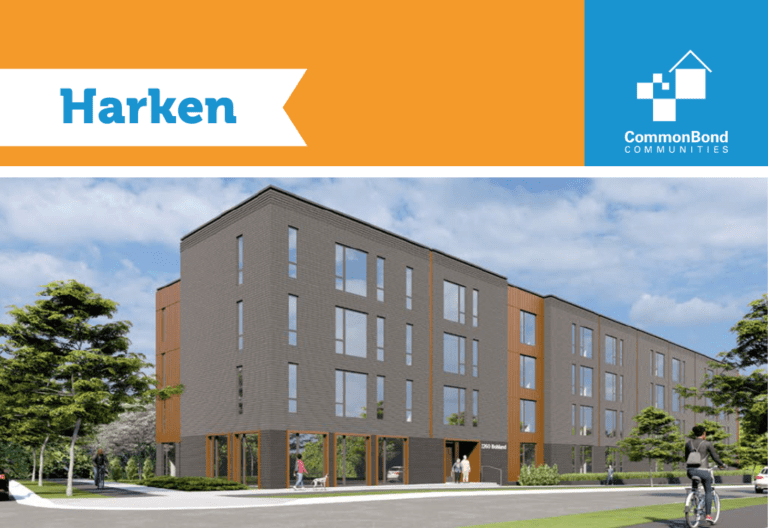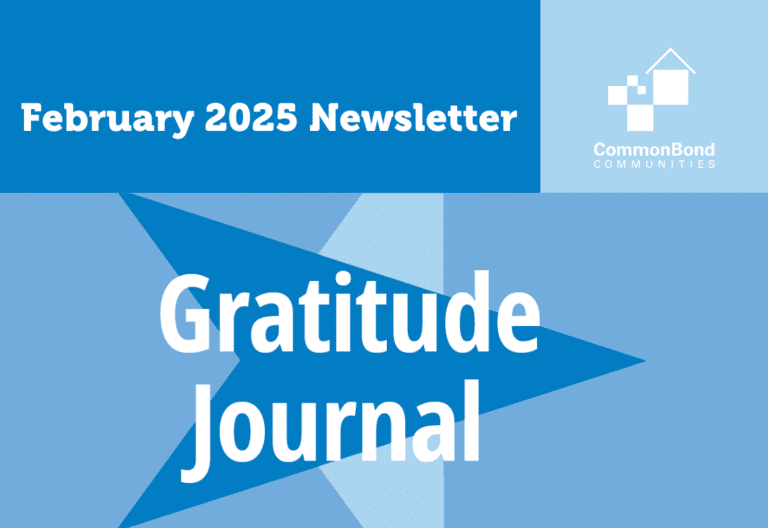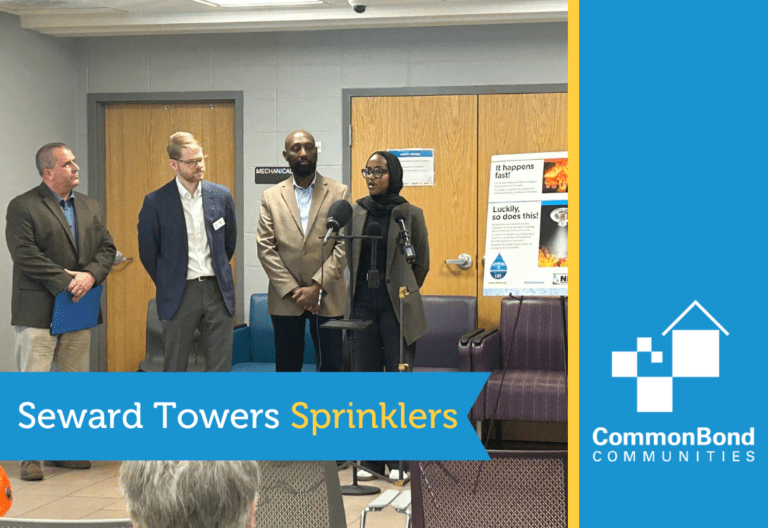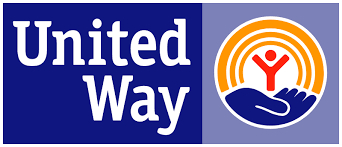Market-rate housing is key to planning in most cities throughout the United States. However, as housing prices climb faster than income levels in the vast majority of areas, with property tax and rent increasing beyond the means of area residents, low-income renters often end up having to relocate to different neighborhoods or inferior housing. Though there are differing opinions about market-rate housing, and its pros and cons, it’s been known to lead to gentrification in many urban areas throughout the country.
Gentrification is the process of a lower-class urban area that is changed by wealthier people who move in, driving up prices, changing amenities and pulling in new businesses, which leads to many current and long-term inhabitants of the neighborhood winding up displaced.
According to Census data, over a 50-year period, home prices in the United States have climbed 118 percent while household income has risen just 15 percent. Gentrification plus market-rate housing can be a recipe that won’t work for many would-be low-income renters. However, when comparing market-rate housing versus affordable housing, not everything is clear-cut and in some instances market-rate housing falls under the affordable housing umbrella.

Support Affordable Housing in Your Community.
What is Market-Rate Housing?
Market-rate housing is housing that already exists or is part of a proposed development that is based on existing area market values and demand, rather than relying on any kind of subsidies or government assistance. Market-rate housing rentals vary in price based on their location, demand, amenities, size, building condition, etc. Essentially, if features of the rental property or its neighborhood are not considered desirable, that helps push the price down in comparison to other nearby rental properties.
Many market-rate housing formulas are based on the America Median Income (AMI) for the area’s residential population. This formula is used to determine market-rate housing based on how much monthly income goes toward housing costs. AMI is updated every year by the Federal Department of Housing & Urban Development (HUD) and the information is accessible online. AMI, however, is not always used. Sometimes rent is determined by looking at average prices in a defined area to determine a median.
How Affordable Housing Differs From Market-Rate Housing
Unlike market-rate housing, affordable housing are units available for rent at prices that fall below the market rate, which is, in most instances, determined by the income level of area residents. Affordable housing also has support behind it, such as nonprofit organizations and government subsidies. Eligibility for affordable housing is also impacted by AMI and is to cost no more than 30 percent of a household’s monthly income.
While market-rate housing and affordable housing are not technically the same thing, it is possible for market-rate housing to sometimes fall into the affordable housing category, as it can be available for 30 percent or less of a household income. In this case, comparing market-rate housing versus affordable housing, which is better if they can both technically be affordable? The problem for many communities is market-rate housing works against those with lower income and helps instead to create luxury housing units.
Investing in affordable housing, instead of relying on market-rate housing formulas, will result in better outcomes for people with limited incomes who need housing they can afford. Versus market-rate housing, affordable housing will help create support within communities. It will lead to more money being spent within the community, fewer evictions, a healthier local population and economy, more local job opportunities, improved government infrastructure and it’s an investment in the area’s future.
Support Affordable Housing with a Donation to CommonBond
CommonBond is a nonprofit organization that has been hard at work throughout the Upper Midwest providing affordable housing opportunities for more than 50 years now. Help create thriving communities by providing safe, affordable housing opportunities for those in need throughout Minnesota, Wisconsin, and Iowa. Support the mission with a donation today or become one of our monthly donors who helps sustain us with recurring gifts.
